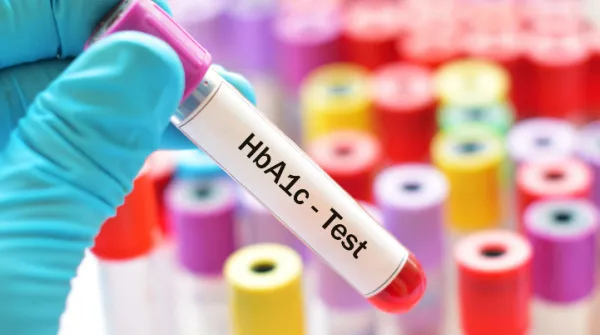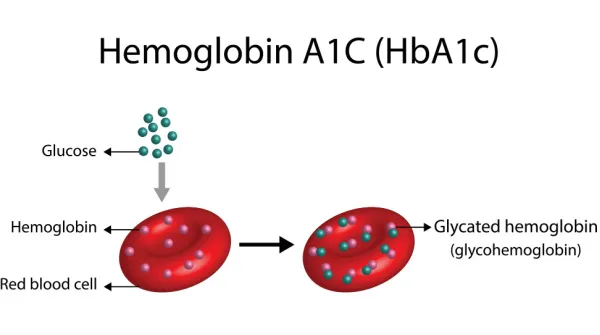Diabetes is a chronic condition brought on by either insufficient insulin production by the pancreas or inefficient insulin utilization by the body. The hormone insulin controls blood sugar levels in the body. If you are a diabetic, you may have heard about the HbA1c test. What is this test, and why is it important? Read this blog to learn more.

What is the HbA1C test?
The HbA1C test may also be referred to as the A1c, glycated haemoglobin, or glycohemoglobin test. Red blood cells include haemoglobin, which is responsible for delivering oxygen to the cells. In your blood cells, glucose binds to or attaches to hemoglobin, and the A1C test is predicated on this glucose-hemoglobin attachment.

The A1C test analyzes the quantity of haemoglobin that has glucose linked to it and provides an average blood glucose reading for the previous three months. It is one of the most widely used tests to identify prediabetes and diabetes, and it serves as the primary test for assisting you and your medical team in managing your diabetes.
Procedure
In order to collect a blood sample for the A1C test, a member of your medical team must either prick the tip of your finger with a tiny, pointed lancet or put a needle into a vein in your arm. The blood sample is submitted to a lab for analysis if it is drawn from a vein.
What is the average age-related HbA1c level?
Your average blood glucose (sugar) levels over the previous two to three months are measured by HbA1c. The optimal HbA1c level for diabetics is 48 mmol/mol (6.5%) or less. The upper reference limit for HbA1c in adults aged 20 to 39 was 6.0% (42.1 mmol/mol), increasing to 6.1% (43.2 mmol/mol) in people aged 40 to 59, and 6.5% (47.5 mmol/mol) in people over 60.
The HbA1c test has the following benefits:
(i) It is not affected by the time of day, meals, or exercise.
(ii) It is convenient to have a single value that may be used to describe metabolic control in diabetes individuals.
(iii) It makes the initial assessment of the patient and the follow-up process easier.
Why should someone have an A1c test?
Detect prediabetes and advise you on lifestyle modifications to help you postpone or prevent type 2 diabetes.
Determine whether you have type 2 diabetes, and work with you to manage it and make treatment recommendations to avoid complications.
How Frequently Do You Need the Test?
You need to get tested:
- In accordance with the type of diabetes you have.
- Based on your ability to regulate your blood sugar.
- Based on your recommended course of action.
Every three months, an A1C test should be performed on diabetics to ensure that their blood sugar levels are within the desired range. You might be able to delay the blood tests longer if your diabetes is well-controlled.

Methods to Reduce Hemoglobin A1C (HbA1c)
If you are overweight, losing weight is one of the best things you can do to lower your blood glucose and HbA1c.
Eat more protein, non-starchy veggies, and low-sugar fruits to keep your carb intake in check. Including nuts, legumes, veggies, and fruits, along with meat and eggs.
Reduce your haemoglobin A1c levels by quitting smoking.
Exercise is another organic strategy to reduce elevated levels of glycosylated haemoglobin. It also aids in weight loss and blood sugar control, both of which improve insulin sensitivity.
To maintain control over your blood sugar levels, adopt a healthy lifestyle.
Manage your stress and mental health- Stress has a negative impact on many bodily functions, including blood sugar and HbA1c. Mood problems are frequent in diabetic patients and have been linked to poor blood glucose regulation and an increase in complications from the disease.
Increased sun exposure raises vitamin D levels. Vitamin D reduces HbA1c levels.
Join Diabetes Care Program and reduce your HbA1c level with the help of experts.




